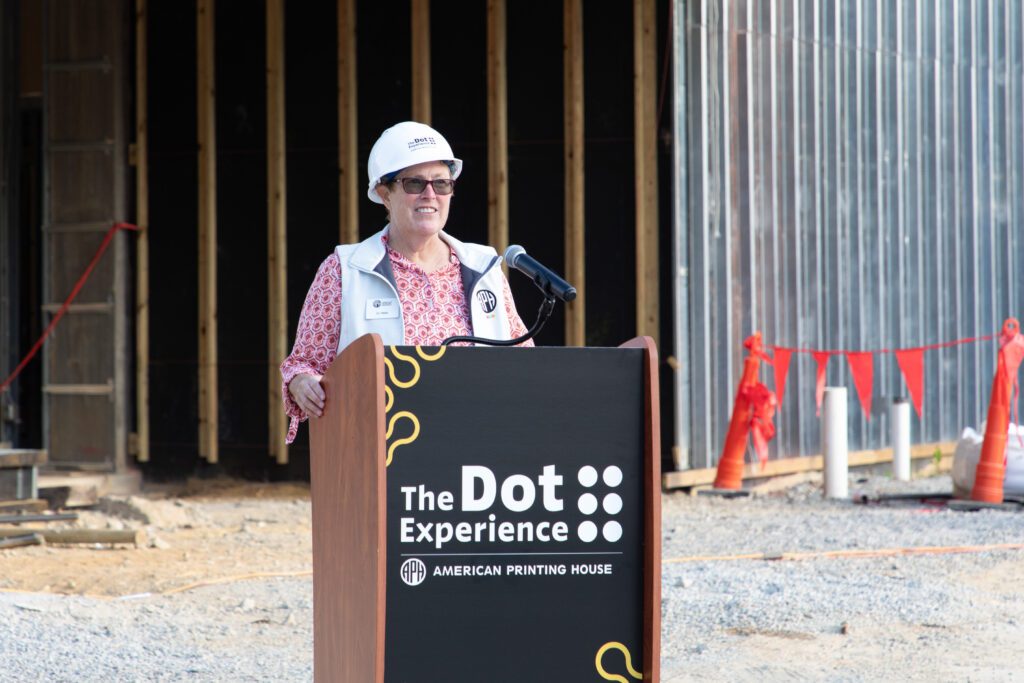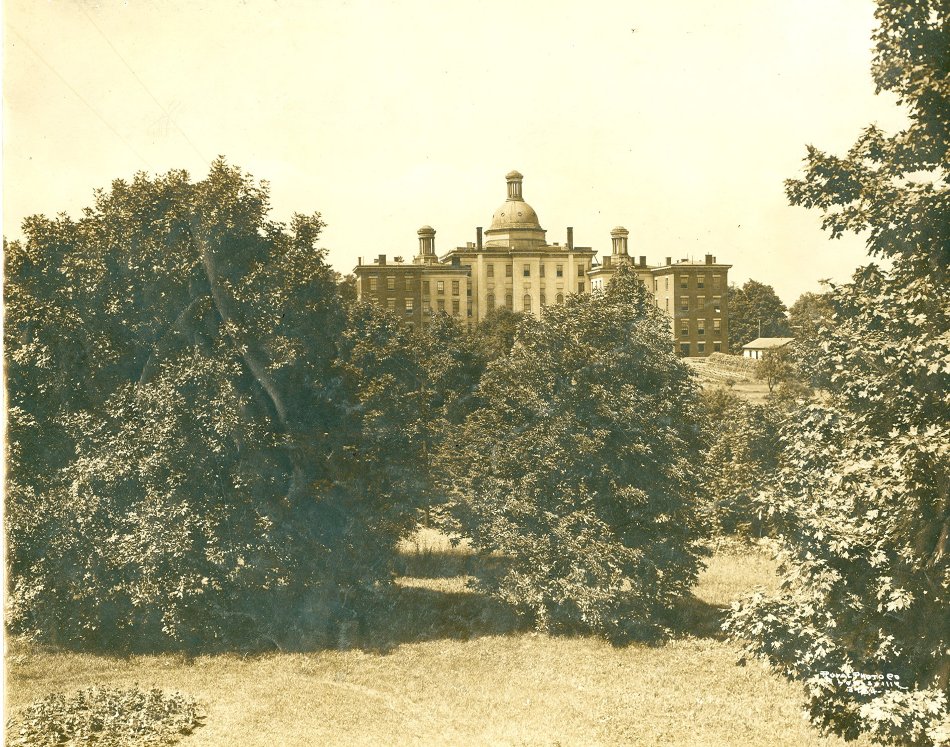To ensure your items arrive in time for the holidays, please place all orders using Free Matter shipping by Saturday, November 29 or by 12pm on Thursday, December 18 for UPS or USPS Priority shipping. School orders will be held after Monday, December 15 through the end of the year.
ClosePlease Touch! Making Museum Collections Accessible

What do you think of when you hear the words “museum collection?” Artifacts like objects, paintings, photographs, rare books, or old documents likely spring to mind. Our museum collection at APH includes all those items, and then some. Since we’re the company archive as well, our collection also includes APH books and products, along with pieces of equipment used in the factory. So, when does a potentially greasy piece of machinery or a well-loved book go from simply being an object to receiving the illustrious designation of being a museum artifact? The answer is simple: the second it is accessioned (officially added to the museum collection). Once something transitions from merely being a thing to being an artifact, it is treated with all the respect and best practice measures afforded to museum collections.
Since most artifacts are rare or unique examples within a museum’s collection, we are responsible for being good caretakers of these items to ensure their preservation for many, many years to come. Unfortunately, that need for preservation is often accompanied by the dreaded “do not touch” sign that so many visitors have encountered on their visit to a museum. The reality is that touching most artifacts does some amount of damage, often via the oils that naturally occur on our skin and through simple wear and tear. If an artifact is touched one time it likely won’t leave a visible residue, but multiply that by thousands of visitors year after year and the cumulative damage can become problematic.
For many museum visitors of all ages, whether blind or sighted, being able to interact with objects through touch is a memorable and unique experience. This is where something called a teaching collection can really shine. It can go by other names—education collection or special use collection—but the function is still the same. These items are specifically intended to be used for educational purposes and are meant to be handled. While we want to take excellent care of all our collections, teaching collection items are acquired with the intention that they be used, possibly until destruction, and discarded when they have run their educational course. Teaching collection items can include brand new reproductions or replicas of items, but they can also be historical items too. Maybe it’s an example of something the museum already has duplicates of in the permanent collection, or perhaps it’s in poor condition but would still be perfect for visitors or school groups to examine up close and hands-on. Teaching collections allow the more fragile artifacts to be preserved while still giving visitors the experience of engaging with artifacts through a proxy.
This is the approach we’re taking with The Dot Experience at APH to make it the most accessible museum in the world. Using custom designed 3D replicas, visitors will be able to touch a fragile artifact via a surrogate. Through these 3D replicas, we are navigating that delicate balance of being the best stewards of our artifacts while also making our collection accessible to everyone, including people who may not be able to see them. These replicas are being created by our exhibit design firm Solid Light and with much thought and input from a group of people with lived experiences of blindness and low vision. This will allow the best of both worlds: visitors can see, feel, and touch a bespoke reproduction while still allowing for the highest preservation standards for artifacts to be maintained.
Preservation is always front of mind for museum professionals. It is our job to be the best caretakers of our collection and to ensure the longevity of these artifacts. So, by strategically using reproductions, with education and the visitor experience at the core, we can provide the best experience for both people and artifacts. We hope you will visit The Dot Experience at APH when it opens to see (and feel) our collection for yourself.
Share this article.
Related articles

Counting Down: One Year Until the Opening of The Dot Experience
With only one year left until the opening of the world’s most accessible museum, there is much to do, and...

Celebrating the First Guide Dog at The Dot Experience
September is National Guide Dog Month. These furry companions play an integral role in ensuring their handlers who are blind...

KSB and The Dot Experience
Nestled beside The Dot Experience, the Kentucky School for the Blind (KSB) has been woven into the Louisville community since...
